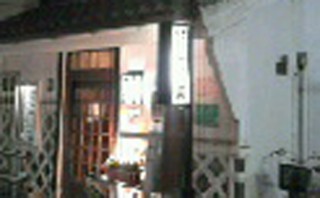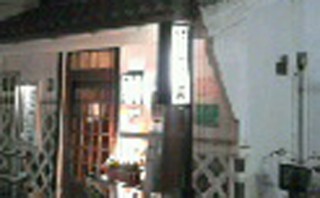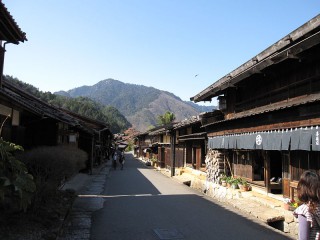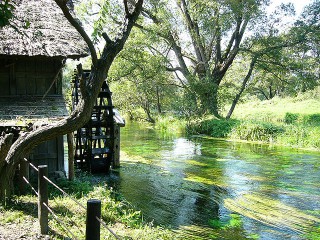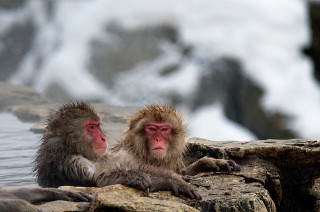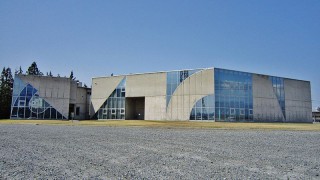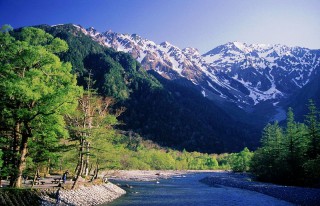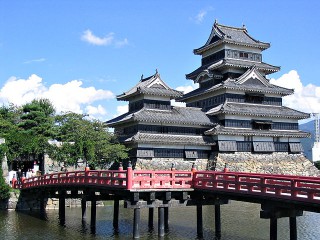Arguably the most popular reason for visiting Matsumoto (but far from the only reason you should) is the famous Castle that lies at the center of the town.
No doubt, for most visitors to Matsumoto, climbing to the top of “Crow Castle” – so called because of it’s crow coloured exterior and wing-like roof, is number one on their list of things to do.
And while you’re are up there, looking out over the City stretching below them through the narrow slit windows, you might imagine yourself as a yumi (japanese bow) wielding warrior or as one of the many foot soldiers pouring hot water out onto an advancing enemy. Or standing at the top of the narrow staircase to the lords chamber they might imagine themselves as one of the Samurai class holding off an enemy – protecting their master to the last utilizing some of the many weapons on display throughout the castle and nearby museum.
Except that never happened – ever. Thanks to the unique design of the castle as an inpenetrable fortress and with the surrounding town itself being an extension of the castle – a fact that can be seen still today in the layout of the roads and bridges – no one dared even attempt to take the castle. It was deemed more trouble than it was worth. Sun Tzu, the Chinese philosopher, strategist and author of The Art of War, would have been proud.
Originally built as a fort in 1509 by Shimadachi Sadanaga of the Ogasawara clan, the Castle as it stands today was completed in around 1593 by Ishikawa Norimasa and his son Yasunaga after they had been placed in charge of the region. They built not just the Castle and it’s keep, but also designed the entire area to be a ever narrowing passage of roads, bridges, moats and gatehouses, with only one way to the castle – through the living quarters of the Samurai. In fact the winding narrowing layout of the Castle itself was replicated large scale for the lay out of the town making it an impressive feat of military architecture.
The Castle was almost lost in 1872 when it was sold for redevelopment (the keep had begun to lean to one side and there were rumours the Castle was cursed) – but local townsfolk petitioned the governor and the castle was bought back by the local authorities. Then in the early 1900′s a local school teacher named Kobayashi Unari raised funds for renovations, which, along with further renovations in the 1950′s, has made this one of Japan’s most popular tourist attractions as well as a designated National Treasure.
With Taiko drum festivals held at the castle every summer and torchlit plays called Tagiki Noh, not to mention the cherry blossom Ohanami (literally flower watching) festival and the Moon Viewing Ceremony in Autumn (held on a special moon viewing veranda built during times of peace and romanticism) Matsumoto Castle has more to offer than just the experience of visiting a piece of living history.
Be sure to ask the staff at Ryokan Seifu-so or the local tourist information about any festival or events that might be on and they will be glad to help
Be sure to ask about our discount tickets too
